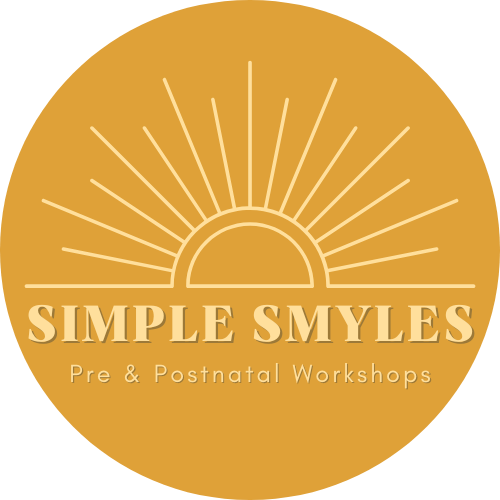Pain Perception in Labor: What Really Causes the Pain?
One of the most fascinating things I learned during my doula training was this:
At full term, the uterus actually has very few — if any — pain receptors!
So if there are almost no pain receptors in the uterus... what’s causing the sensations of pain during labor?
The answer is more complex than you might think. Labor pain isn’t just physical — it’s deeply connected to the way the brain processes signals based on emotional, hormonal, and psychological factors.
Let's explore how pain perception works during labor:
What Influences Pain Perception in Labor?
Pain perception isn’t just about what’s happening in the body — it’s about how the brain interprets it. Several factors come into play, including:
🌿 Perceived Danger
Pain is influenced by how much danger your brain thinks you are in. If your brain senses fear or threat, it amplifies pain signals to encourage a "protective" response.
🌿 Expectation of Pain
If you go into labor expecting intense pain, your brain is already primed to experience it more sharply. Anticipation heightens the brain’s sensitivity to discomfort.
🌿 Attention and Focus
Focusing closely on pain increases its intensity. Conversely, using distraction techniques, visualization, or mindful breathing can ease the experience.
🌿 Emotional State
Stress, fear, and anxiety can significantly increase perceived pain. A calm, supported, and safe emotional environment can help minimize it.
🌿 Hormonal Balance
Two hormonal duos play a major role during labor:
Oxytocin and Endorphins (the “love and pleasure” hormones) help promote relaxation, connection, and natural pain relief.
Adrenaline and Cortisol (the "fight or flight" hormones) can make sensations feel sharper and labor more difficult if fear or stress are high.
Reframing Pain During Labor
One powerful goal in childbirth preparation is rewiring the brain’s association from:
Contraction = Pain
to:
Contraction = Relaxation and Excited Anticipation
Tools that can support this shift include:
Mindfulness practices
Breathing techniques
Positive affirmations
Guided imagery
Physical comfort measures (like massage, movement, and water therapy)
At Simple Smyles, we’ll explore these tools together — giving you practical ways to approach labor with more calm, confidence, and connection. ✨
Stay tuned — next week, we'll dive deeper into specific mindfulness and breathing techniques you can start practicing now!

